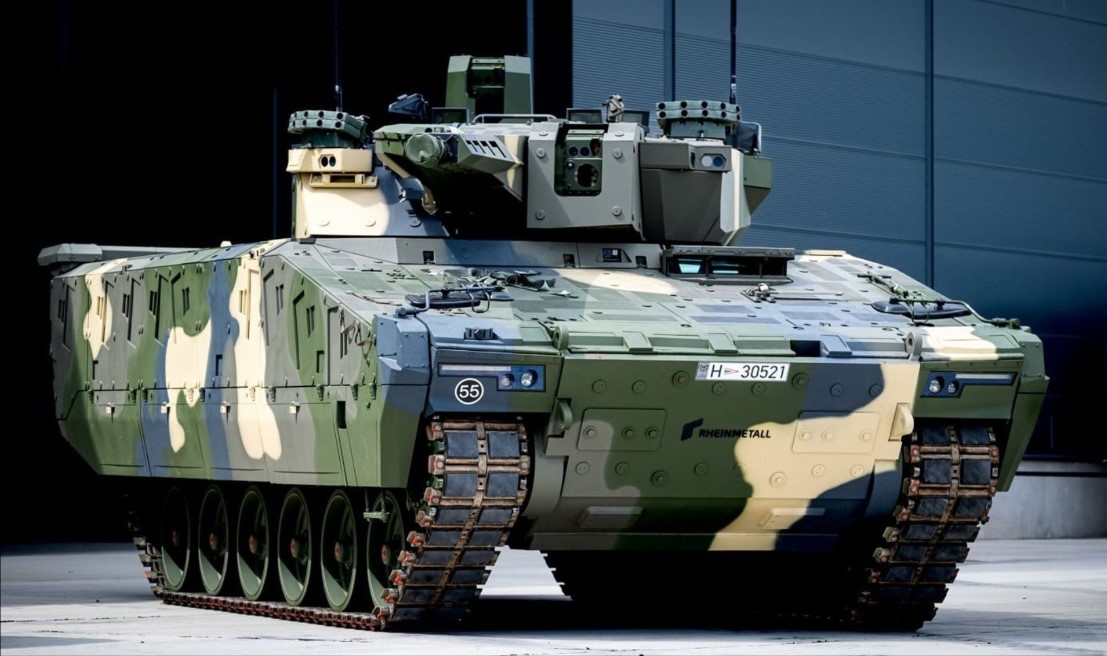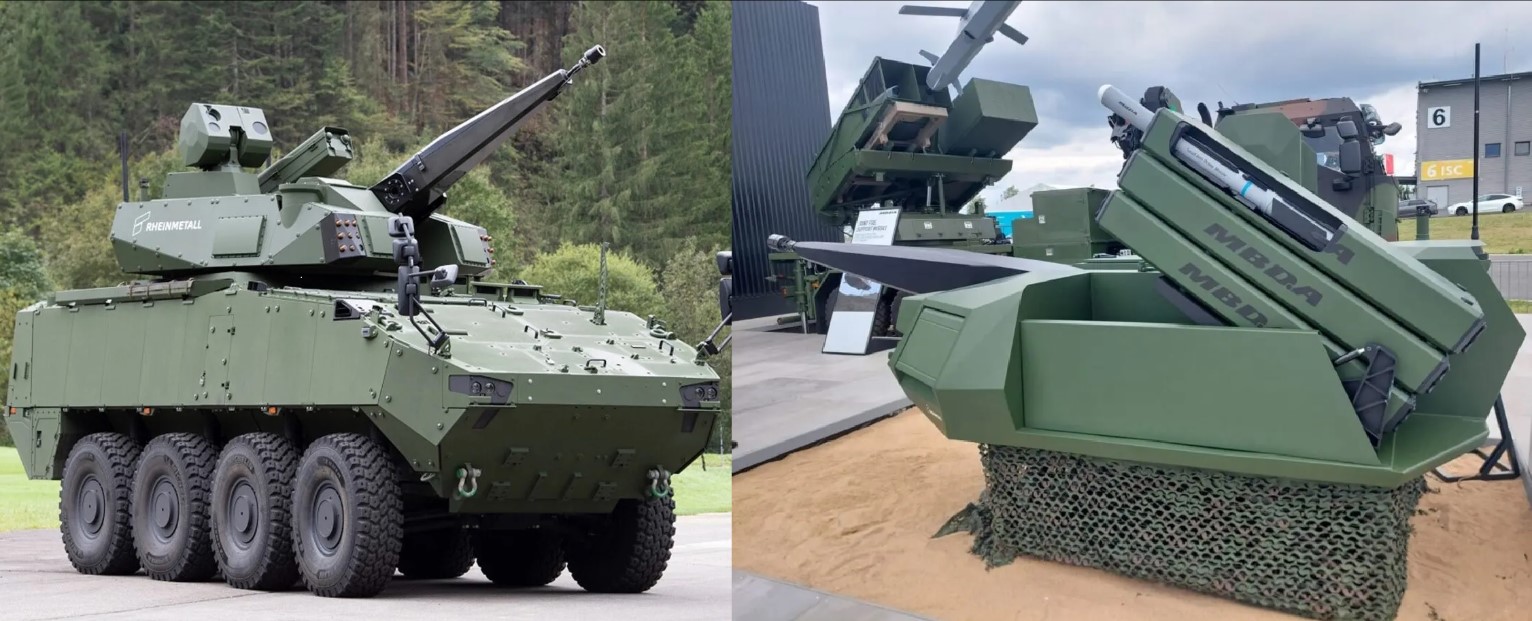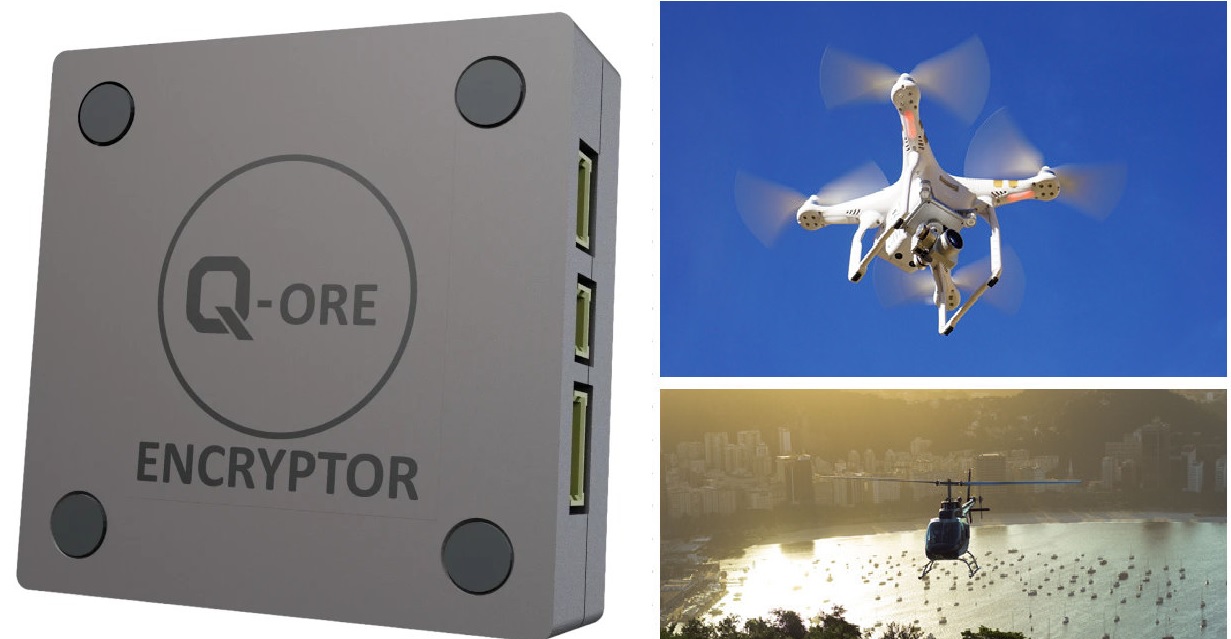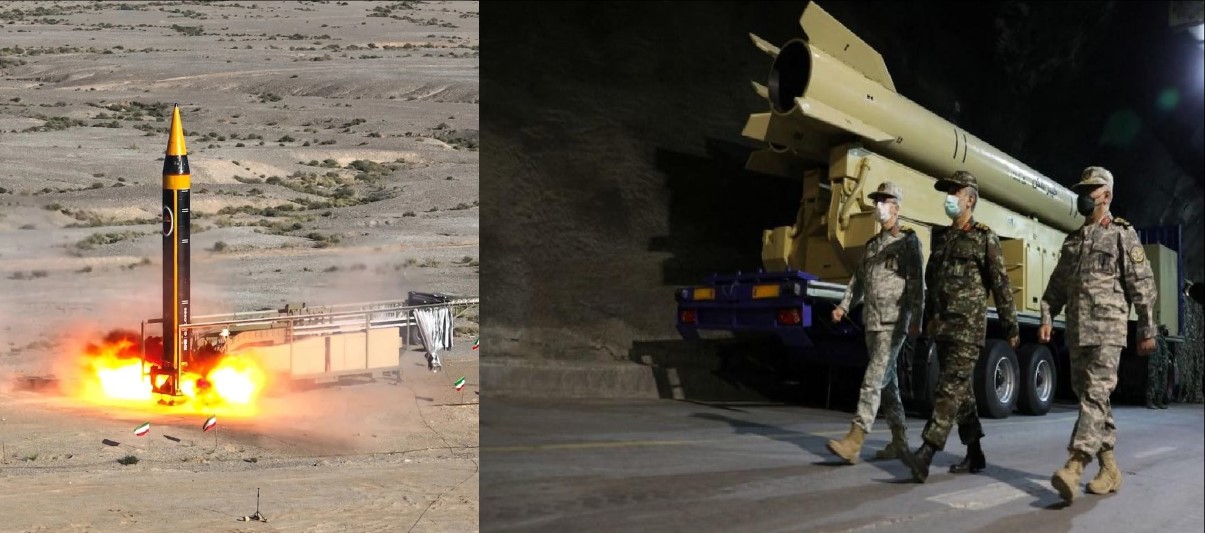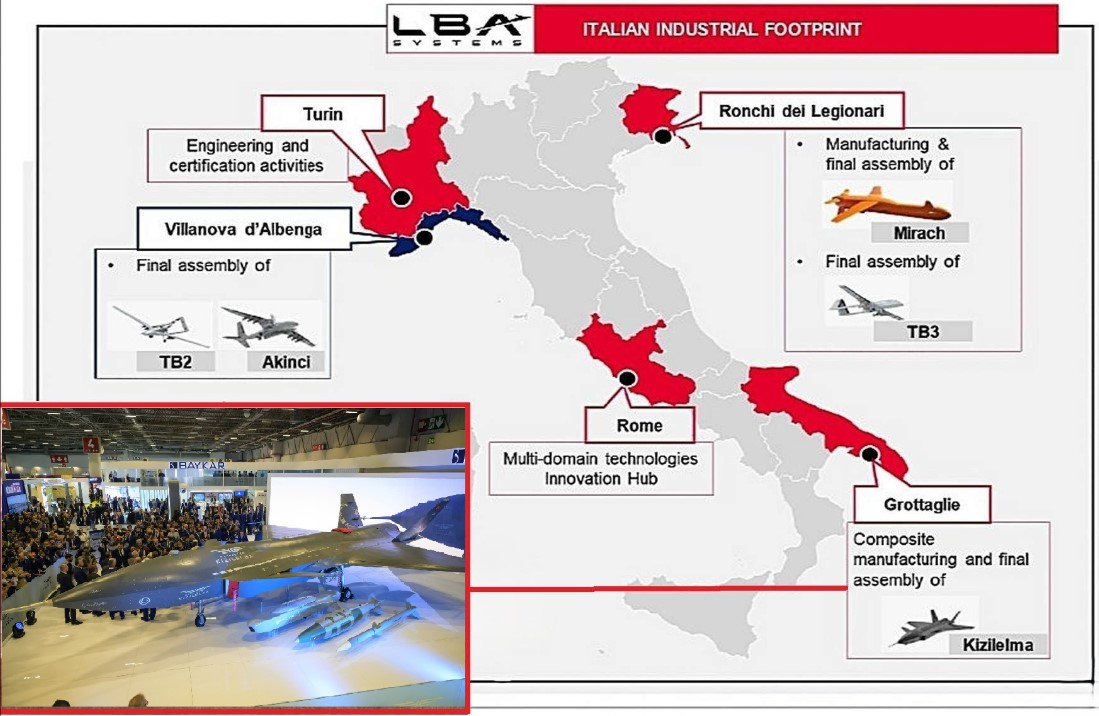General Atomics Unveils "Gambit 5" Carrier-Capable Drones
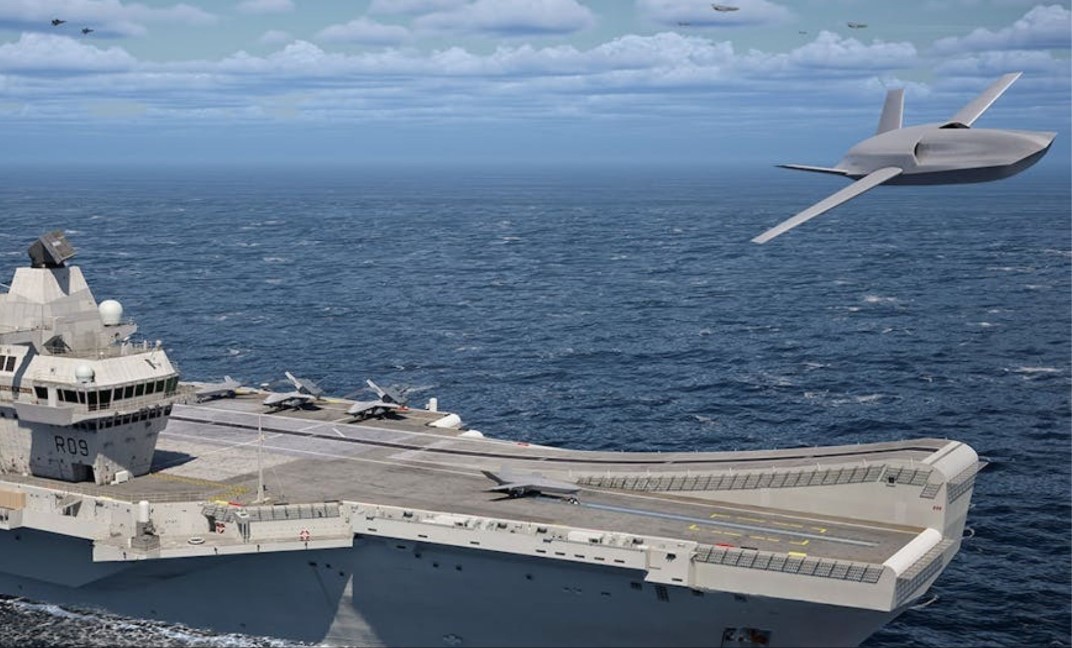
General Atomics Aeronautical Systems, Inc. (GA-ASI) is pushing the boundaries of unmanned aerial vehicles (UAVs) with the introduction of their latest innovation: the Gambit 5. This new drone, designed to operate from aircraft carriers, represents a significant leap forward in UAV technology and naval aviation.
The Gambit 5 is part of a broader suite of autonomous combat aircraft developed by GA-ASI under the Gambit series. These drones are built around a common technology core known as the "Gambit Core," which serves as the foundation for various mission-specific variants. The Gambit 5, however, stands out because it’s specifically tailored for carrier operations—a demanding environment that requires specialized design features.
To meet the challenges of carrier takeoff and landing, the Gambit 5 incorporates a reinforced airframe and enhanced landing gear. These modifications ensure the drone can withstand the rigors of catapult launches and arrested recoveries, both essential for carrier-based aircraft. Additionally, the drone integrates a precision landing system, further ensuring its reliability in the complex environment of an aircraft carrier.
The concept of the Gambit 5 was publicly showcased at the Farnborough International Airshow in 2024, where GA-ASI emphasized its potential to transform naval operations. The drone’s design builds on the company's extensive experience with previous UAVs, such as the MQ-20 Avenger, which has logged over 37,000 flight hours since its introduction.
GA-ASI's history with carrier-capable UAVs is not new. The company previously participated in the U.S. Navy's Unmanned Carrier-Launched Airborne Surveillance and Strike (UCLASS) program and the subsequent MQ-25 Stingray project. Although these programs didn’t result in a carrier-based drone for GA-ASI, they provided valuable insights that have now been applied to the Gambit 5.
One of the most intriguing aspects of the Gambit 5 is its potential to operate in collaboration with other unmanned and manned aircraft. GA-ASI envisions a future where drones like the Gambit 5 could work alongside manned aircraft and other UAVs, such as the MQ-9B STOL, in coordinated operations. This concept could revolutionize naval warfare by allowing for more flexible and responsive force projection.
Despite its advanced design and promising capabilities, the Gambit 5 remains in the conceptual phase. GA-ASI has not yet committed to building a prototype, but the company is confident in its ability to adapt the existing modular systems from other projects to create a carrier-capable drone. The company's involvement in various autonomy programs, including the U.S. Air Force’s Skyborg initiative, further supports the idea that the Gambit 5 could become a reality without reinventing the wheel.
International interest in the Gambit 5 is already growing, with potential partners from the U.S., U.K., Australia, and Japan expressing curiosity about how this carrier-capable drone could fit into their naval strategies. As discussions progress, the Gambit 5 could become a key player in the next generation of naval aviation, blending advanced autonomy with the demands of carrier operations.
In conclusion, the Gambit 5 represents a bold step forward in the evolution of UAVs, combining General Atomics' deep expertise with new innovations to create a drone capable of operating from the deck of an aircraft carrier. While still in its early stages, the Gambit 5 has the potential to reshape the future of naval warfare, making it a development to watch closely.
✍️ This article is written by the team of The Defense News.

